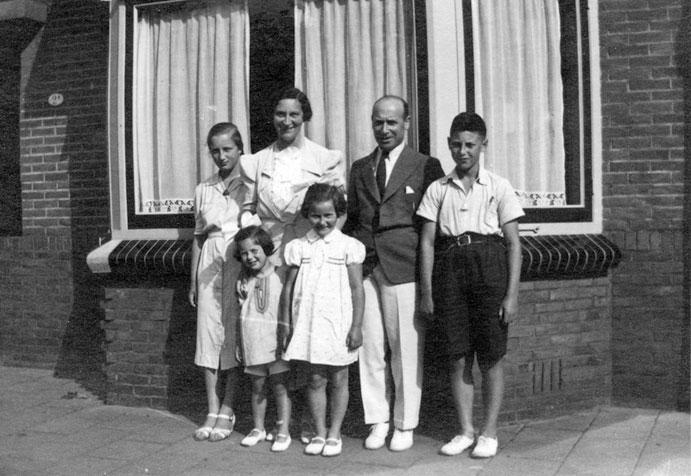

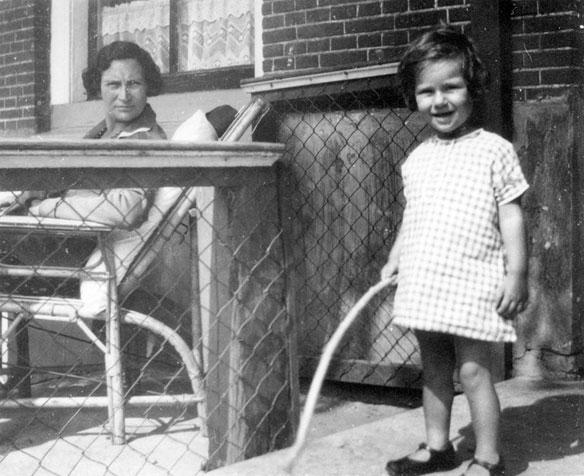

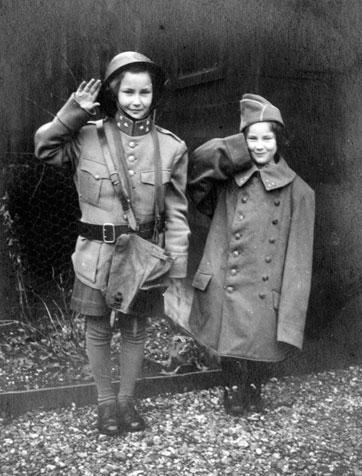

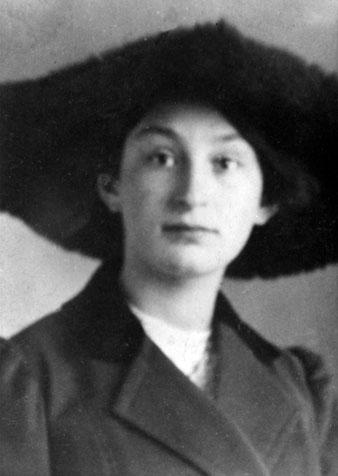

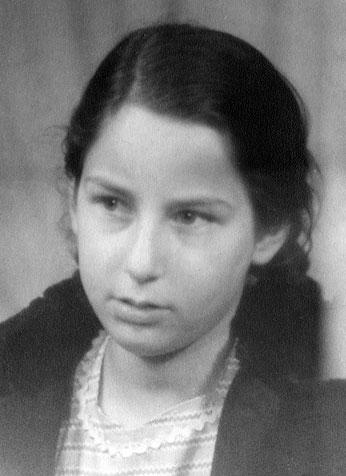

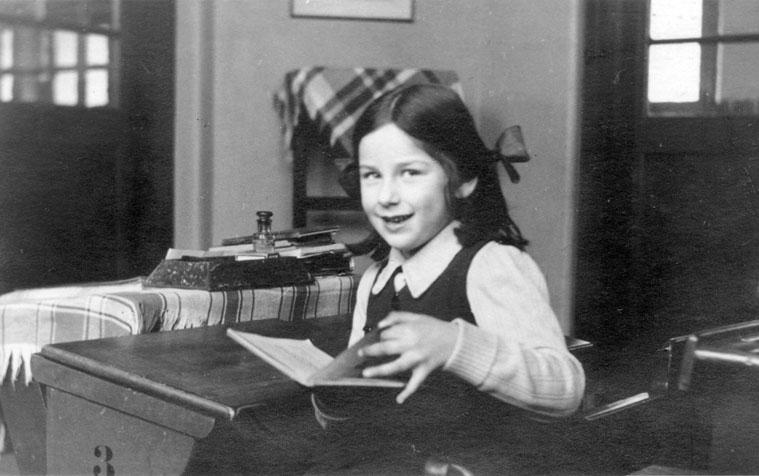

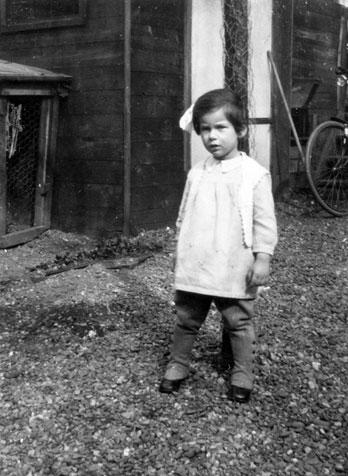

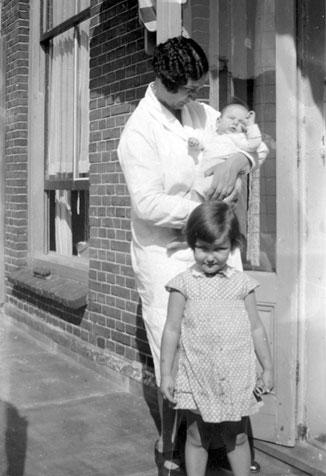

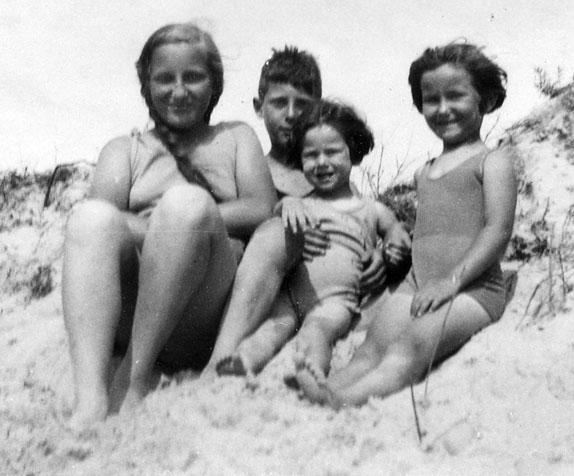

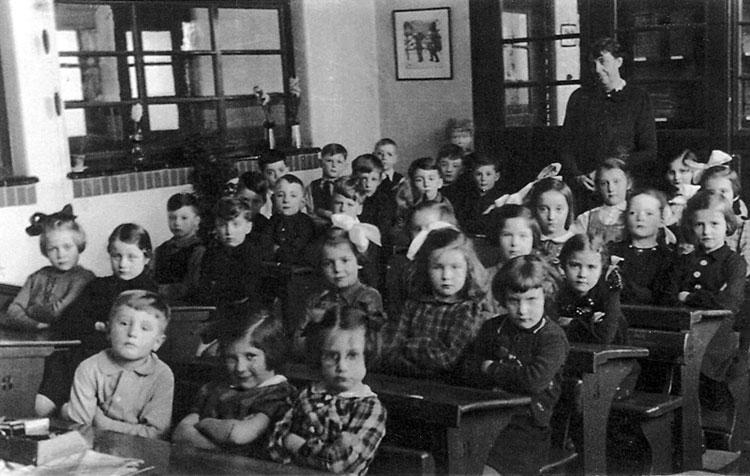

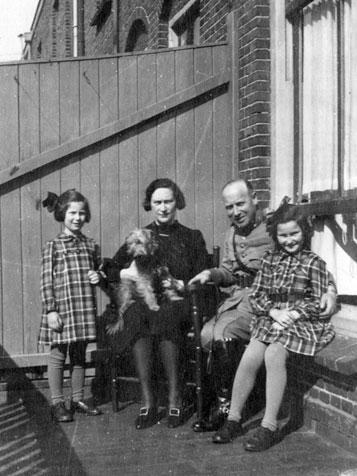

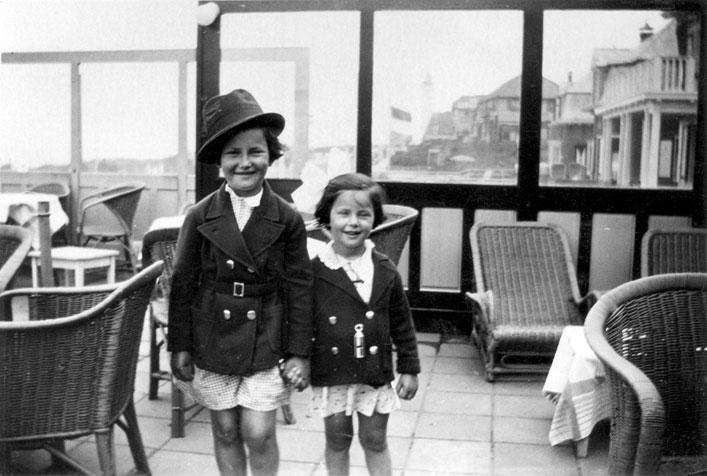

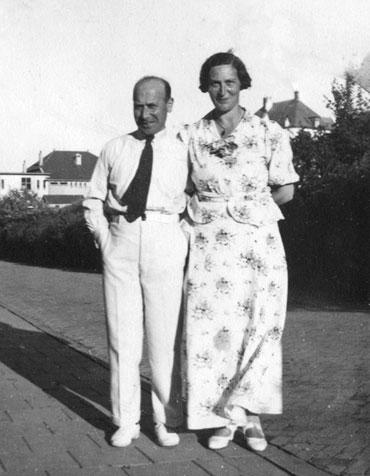

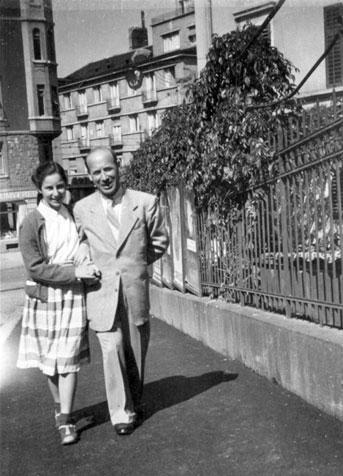

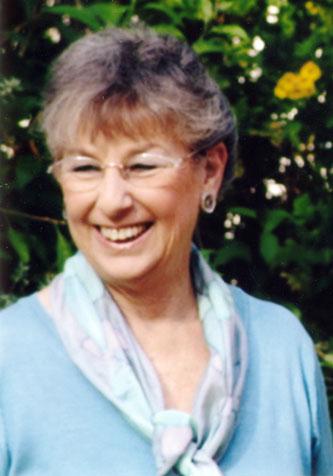

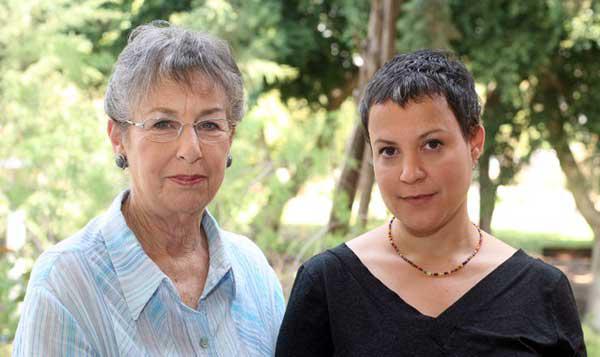

Sunday to Thursday: 09:00-17:00
Fridays and Holiday eves: 09:00-14:00
Yad Vashem is closed on Saturdays and all Jewish Holidays.
Entrance to the Holocaust History Museum is not permitted for children under the age of 10. Babies in strollers or carriers will not be permitted to enter.
































Like many Jewish families in the Netherlands, the van der Hoeden family had to take the painful decision to split up in order to survive. Parents and children went into hiding in different places, more often than not out of touch with no news about each other, and when the situation became dangerous, they would have to move from one shelter to the other.
At the beginning of the war, Dr. Jacob van der Hoeden was teaching bacteriology at the Academic Hospital in the city of Utrecht. After the Germans occupied Holland, one of his students, Henry (Harry) Cooymans, left his lecturer a note that read: “Knowing that you are Jewish, and that you may get in trouble, I leave you my name and address. You can contact me whenever you need help.”
When the deportations of the Jews in the Netherlands began in summer 1942, Dr. van der Hoeden was faced with a difficult decision. Believing that the best chance for survival was by splitting up the family, he had to separate from his children. Being in different hiding places meant that parents didn’t know if their children were safe; and that children were torn from their families, brought to strangers, where they would remain for long periods of time totally isolated from their parents and siblings.
The two young daughters of the van der Hoeden family, Rachel and Jacqueline (Lieneke), aged 13 and 9 respectively, were taken in by a family, but soon their hiding place had become unsafe. Their father remembered his former medical student and contacted Harry and Alice Cooymans, who immediately offered to shelter the girls in their home in St. Oedenrode, North Brabant. Rachel and Lieneke stayed with the Cooymans family from October 1942 until April 1943. The two girls were presented as family members. Indeed, they were treated as such in all respects. They studied, helped decorate the Christmas tree, sang Christmas carols, occasionally went on walks in the woods with the three Cooymans children (aged seven, five, and three) and their nanny, and even attended daily evening prayers. Their true identity was kept secret from their school friends and neighbors. Only Harry and Alice knew the little girls were Jewish.
In April 1943, a Dutch police officer warned Harry and Alice Cooymans that the Germans had become suspicious of the girls and were planning to investigate their identity. Many years later, Alice told her foster daughters that the most difficult thing she had to do in her entire life was to tell van der Hoeden that his daughters had to move into another hiding place. The two sisters had to separate: Rachel was taken by her father, Jacob, to Dr. Siebe Numans, a veterinarian in Ede, Gelderland, who had just married Gerry Rutger, a former analyst in Jacob’s laboratory in the city of Utrecht. Lieneke was transferred to the home of Dr. Hein Kohly and his wife, Yvonne (Vonette), in the small village of Den Ham, Overijssel. The couple, which had no children of their own, received her warmly and took good care of her. Hein was the village doctor and was active in the underground where he also helped other Jewish fugitives. For the last six months of the war, the Kohlys also sheltered a non-Jewish man who was wanted by the Germans, and a Jewish couple, Professor and Mrs. Jordan.
Dr. van der Hoeden, who was hiding elsewhere, was able to keep in touch with his daughters. He wrote them letters, filled with love and hope, which he would decorate with funny drawings. He would then bind the illustrated letters to make little booklets. The letters were passed between the hiding places by the Dutch underground and helped to cheer up the hiding children and keep up their hopes for a day when the family would be reunited again.
For her 11th birthday, in May 1944, Dr. Van der Hoeden sent Lieneke a booklet containing an illustration of a baby in a carriage and the following lines: "And there was a mother and a father, and children and people came, and all marveled at the little girl they didn't know. Now this little baby is an 11-year-old girl with beautiful long braids and a good [school] report and wooden clogs."
The girls' brother, Baruch van der Hoeden hid with Aart and Wilhelmina (Mina) Roelofsen of Lunteren, Gelderland, from December 1943 until May 1945. His sister, Hanna van der Hoeden stayed with the Roelofsens for the last six months of the war. The Roelofsens were very active in the underground: they located safe houses for Jews, accompanied fugitives to their hiding places, forged identity and ration cards for their wards, smuggled weapons for the underground, rescued English and Australian pilots who were shot down during the Battle of Arnhem, and hid Jews in their own home. It was the Roelofsens who found a hiding place for Rachel van der Hoeden, when she had to be transferred once again to a safer place.
A month after the end of the war, Lieneke was reunited with her brother, sisters, and their father. It was only then that she learned her mother had died in hiding. The family immigrated to Israel.
On February 19, 1976, Yad Vashem recognized Dr. Hein Kohly and his wife, Marguerita Yvonne Kohly-Knus, as Righteous Among the Nations.
On February 5, 1985, Yad Vashem recognized Aart Roelofsen and his wife, Wilhelmina Roelofsen.
On July 31, 1995, Yad Vashem recognized Henry Jacques Marie Cooymans and his wife, Alice Hedwig Franciska Cooymans-Schöller, and Siebe Riksterus Numans and his wife, Gerry Numans-Rutger, as Righteous Among the Nations.

Thank you for registering to receive information from Yad Vashem.
You will receive periodic updates regarding recent events, publications and new initiatives.

"The work of Yad Vashem is critical and necessary to remind the world of the consequences of hate"
Paul Daly
#GivingTuesday
Donate to Educate Against Hate


Worldwide antisemitism is on the rise.
At Yad Vashem, we strive to make the world a better place by combating antisemitism through teacher training, international lectures and workshops and online courses.
We need you to partner with us in this vital mission to #EducateAgainstHate
The good news:
The Yad Vashem website had recently undergone a major upgrade!
The less good news:
The page you are looking for has apparently been moved.
We are therefore redirecting you to what we hope will be a useful landing page.
For any questions/clarifications/problems, please contact: webmaster@yadvashem.org.il
Press the X button to continue



